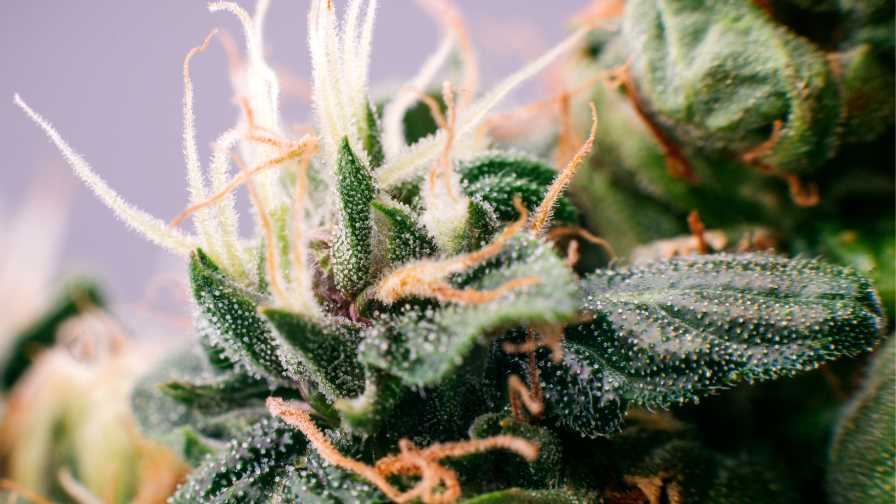How Using Big Data Can Increase Your Cannabis Yield
 Collecting data in your greenhouse provides critical information that directly impacts your operation’s success. Acquiring an extensive understanding of critical crop level and environmental data helps you grow with confidence.
Collecting data in your greenhouse provides critical information that directly impacts your operation’s success. Acquiring an extensive understanding of critical crop level and environmental data helps you grow with confidence.
There are several ways that big data can increase yields, provide more accurate crop predictions, and furnish you with some much-deserved peace of mind.
Data drives actionable insights into everything from irrigation, temperature, venting, feeding, and other environmental factors. To gain insights, first you have to monitor and collect the data. Once gathered, you can use the data to maximize yields and growth with precision, taking the guesswork out of the labor-intensive tasks with specific automation.
Since many aspects of an indoor grow influence each other, you must monitor and collect data on as many key factors as possible. All this data drives predictability and enables quicker, more cost-effective interventions when problems occur, as long as you’re using a powerful operating system to assist you in analyzing all that data.
The effective use of data enables lower operational costs and more sustainable use of resources. A significant data trail with history means that if a grow regulator inspects the room, they can see exactly what steps were taken to stay compliant.
The effective use of data enables lower operational costs and more sustainable use of resources. Deploying sensors is just the first step; how you manage data is critical. Look for partners who can help you collect your data in one place and quickly provide different views on various devices. Top technology providers can enable alerts when key indicators are out of tolerable ranges, trigger timers, or feed plants.
The right data-driven system, coupled with machine learning and data collected in comparable environments, means you use less harmful chemicals. That means lower energy costs, less waste, higher yield, and easier regulatory compliance.
Learn more, including how to make the most of your data points, in this post on the Growlink blog page.








